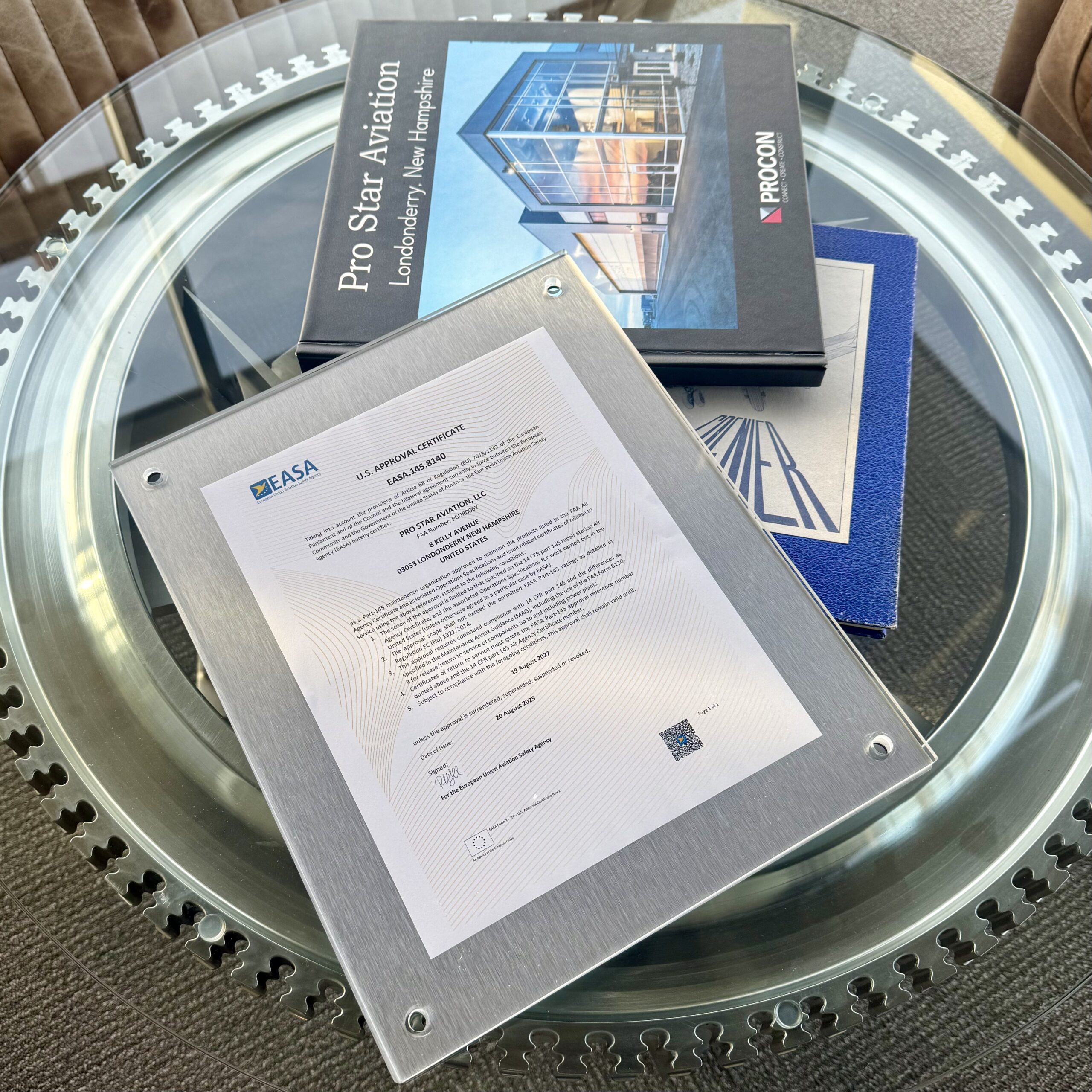The Clock is Ticking for Gogo Connectivity

In just a few months from now, a big change will be facing the field of business aviation. By May of 2026, Gogo’s legacy ATG network will be shut down, instead opting for LTE-based technology. This will leave any aircraft still operating with older equipment without in-flight connectivity. For the approximately 2,500 airplanes still flying with these older systems, the time to act is now.
This change is about more than just obsolescence. In fact, Gogo’s transition away from ATG represents a larger shift in passenger expectations. With the rise of LTE-based connectivity and with new technology like Starlink, passengers are now becoming accustomed to experiencing the same level of mobile connectivity in the air as they would on the ground. This, however, is not the only reason for the change.
FCC compliance is also at the heart of this transition. Under current FCC requirements, in-flight connectivity systems are instructed to move away from legacy equipment that rely on older, non-U.S.-based technology. By adopting U.S.-based LTE infrastructure, Gogo is ensuring that its network meets the current standards for reliability, modernization, and security. With this transition now actively underway, aircraft operators must now consider how to best update their connectivity.
Operators with legacy systems face a few options moving forward. The first is to upgrade to Gogo’s Advanced ATG Network, which, itself, comes in three separate tiers: L3, L5, and LX5. L3 serves as the basic, entry-level option, offering limited performance, while L5 offers LTE with multiple transmitters for stronger speeds. The most advanced option of the three, however, is the LX5, which offers top-tier connectivity with 5G-capable LTE. Advanced ATG connectivity is not the only solution on the table for operators.
Moving to satellite connectivity is also a reasonable option. Gogo’s Galileo LEO service delivers up to 55 Mbps (Megabits per second), which is significantly faster than legacy ATG connectivity. Of course, there are LEO alternatives like Starlink, which operators may also consider. Finally, there is the AVANCE C1, a form-fit replacement that works with existing aircraft antennas and routers. This solution allows operators to maintain connectivity without fully upgrading to advanced ATG or satellite systems. It also requires minimal downtime while avoiding the complexity and cost of upgrading to an entirely new system.
If no action is taken to switch to one of these options, legacy systems will lose connectivity in May of 2026. Gogo, however, understands the difficulties facing operators with legacy technology. In fact, to support this transition period, Gogo is offering aircraft owners strong financial incentives. For the C1 upgrade in particular, Gogo will essentially pay the full price with a $35,000 rebate covering the system cost. For higher-end systems, the company will provide significant rebates to offset the installation inspections. But this offer will not last forever. In order to take advantage of the rebates, operators must have a purchase order in place by the end of the year.
This change is fundamental for business aviation and it represents a lot more than just a routine equipment update. Between passenger and operator expectations, technology advancements, and FCC requirements, this change is simply inevitable. With this transition on the horizon, the best thing operators can do is move promptly. By planning ahead, aircraft owners can not only maintain connectivity but also maximize available rebates, saving money in the process. While the deadline for these legacy systems may be in May of 2026, the time to act is now.



